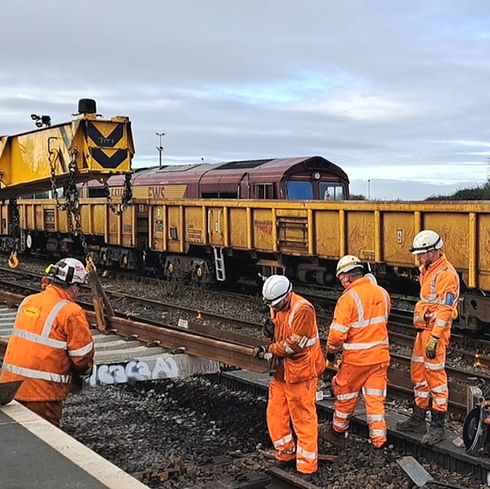
Case Studies
Smart tools and live insights to help you run safer, cleaner, more efficient operations.


Transforming environmental management at Hinkley Point C
Using AI optimised GPS routes to protect air quality on the UK’s largest infrastructure project.
Challenge
With 12,000 workers on-site and nearby communities to protect, a proactive, effective approach to air quality management was critical.
What we did
Partnered with M Group to deploy real-time particulate monitoring, GPS tracking and digital twin modelling, linking plant activity with air quality to enable faster, more targeted responses.
Results
-
AI-optimised routes for dust control
-
Quantifying the impact of water bowsers vs sweepers in different conditions
-
Respond to pollution spikes with real time response
Next gen quieter road surfacing
Understanding the effect of real world noise between different road surfaces.
Challenge
Tarmac were trialling a number of road surfacing technologies for making roads quieter for neighbouring communities. (Small detail: The trials were to start in 36 hours!)
What we did
Deployed a sequence of class-1 sound level meters at regular intervals along a 1 km stretch of road. Five separate surfacing methods were trialled with the results being validated via the data captured over multiple testing periods, including pre works and post works.
Results
-
Multiple class-1 sound level meters calibrated and deployed for baseline and post works data capture
-
Over 1 million data points analysed
-
Road surfacing technologies ranked by efficacy, as required




AI dust suppression and silica control for Network Rail SCO
Protecting staff and conserving resources when safe to do so.
Challenge
With tens of millions of tonnes of bulk moving through their aggregate and material handling depots and virtual quarries each year, Network Rail SCO need to manage lift-off risks, protect staff, and keep neighbours happy.
What we did
Atmo deployed real-time silica and particulate monitors which power our proprietary Predictive Air Quality AI model. This machine learning model optimises when to activate dust suppression to protect staff and, when it is safe to, conserve water.
Results
-
Safer staff, protected automatically during periods of heightened dust levels
-
Real-time risk mapping and tracking of water usage
-
Cost savings through reduced water and energy consumption when dust is lower-risk













